Kunokaiku urns become everyday domestic objects to address the subjectivity of loss
Kunokaiku urns were created by photographer Marianna Jamadi with Mexican ceramic studio Menat, as a way to remember a loved one at home

Channelling something as difficult as losing a loved one into a healing, creative endeavour takes tremendous grace. After the passing of her parents, California-based Marianna Jamadi took her grief and formed Kunokaiku. Unable to find a suitable vessel in which to rest her parents' ashes, Jamadi collaborated with ceramic studio Menat in Mexico City to design an urn worthy of them. 'It became a way to cope for me,' Jamadi says. 'It gave me a space that I could put the energy into and has become an interesting journey of sharing grief and seeing how other people process it too.'
Kunokaiku urns: a design with intention
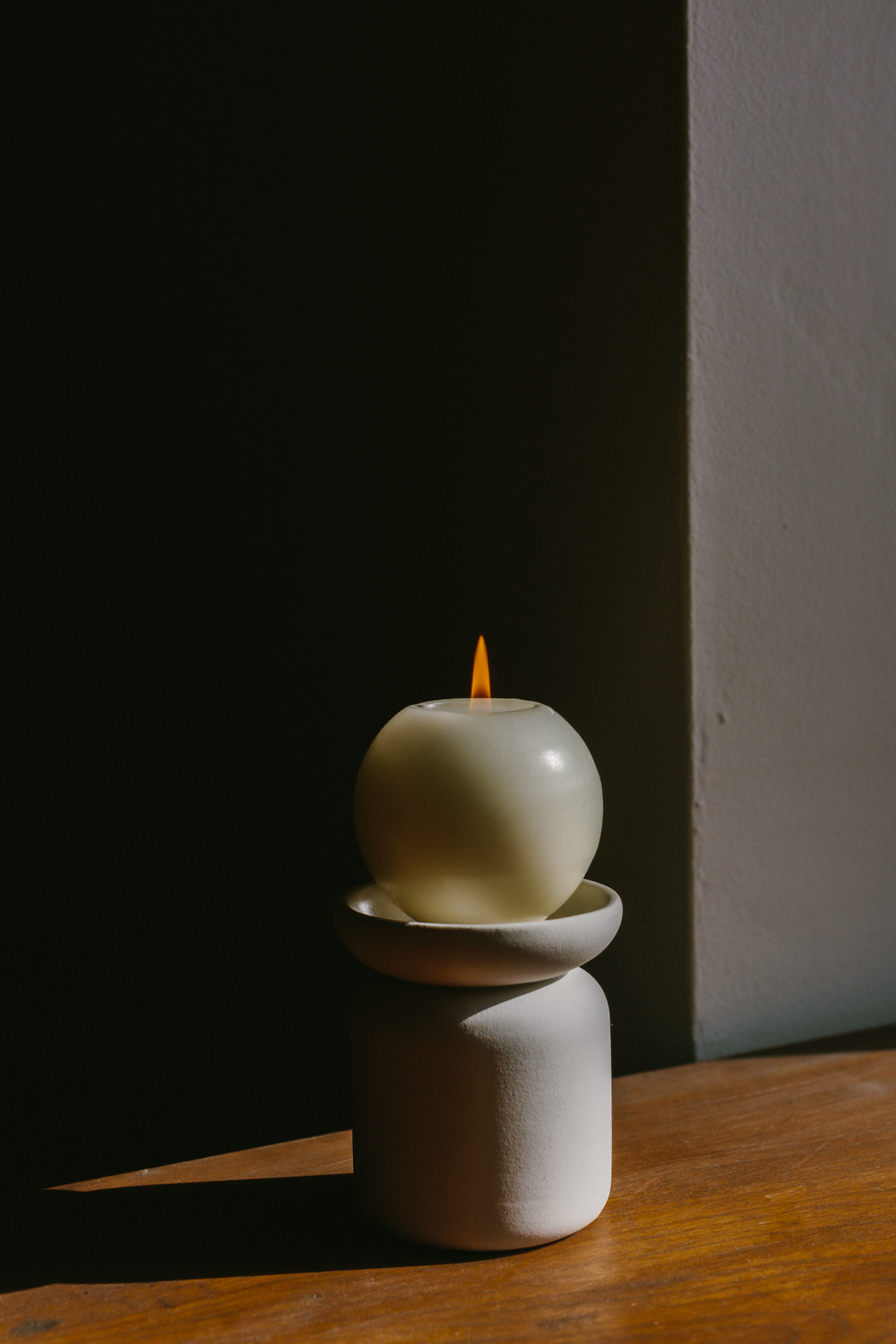
Through her travels as a photographer, Jamadi was always struck by different customs and traditions of bereavement. 'When I lost my parents, I was reaching for something that felt like these particular experiences of visiting Varanasi in India or observing cremation ceremonies in Bali.' She is a child of two cultures herself, and the name Kunokaiku pays homage to her parents by combining the Indonesian and Finnish words for ‘ancient’ and ‘echo’. Offered in three sizes (small, medium, and large), the urns are made in small batches by hand, taking upwards of two to three months to carefully complete. Future limited-edition collections will also be designed in collaboration with artists such as Raina Lee.
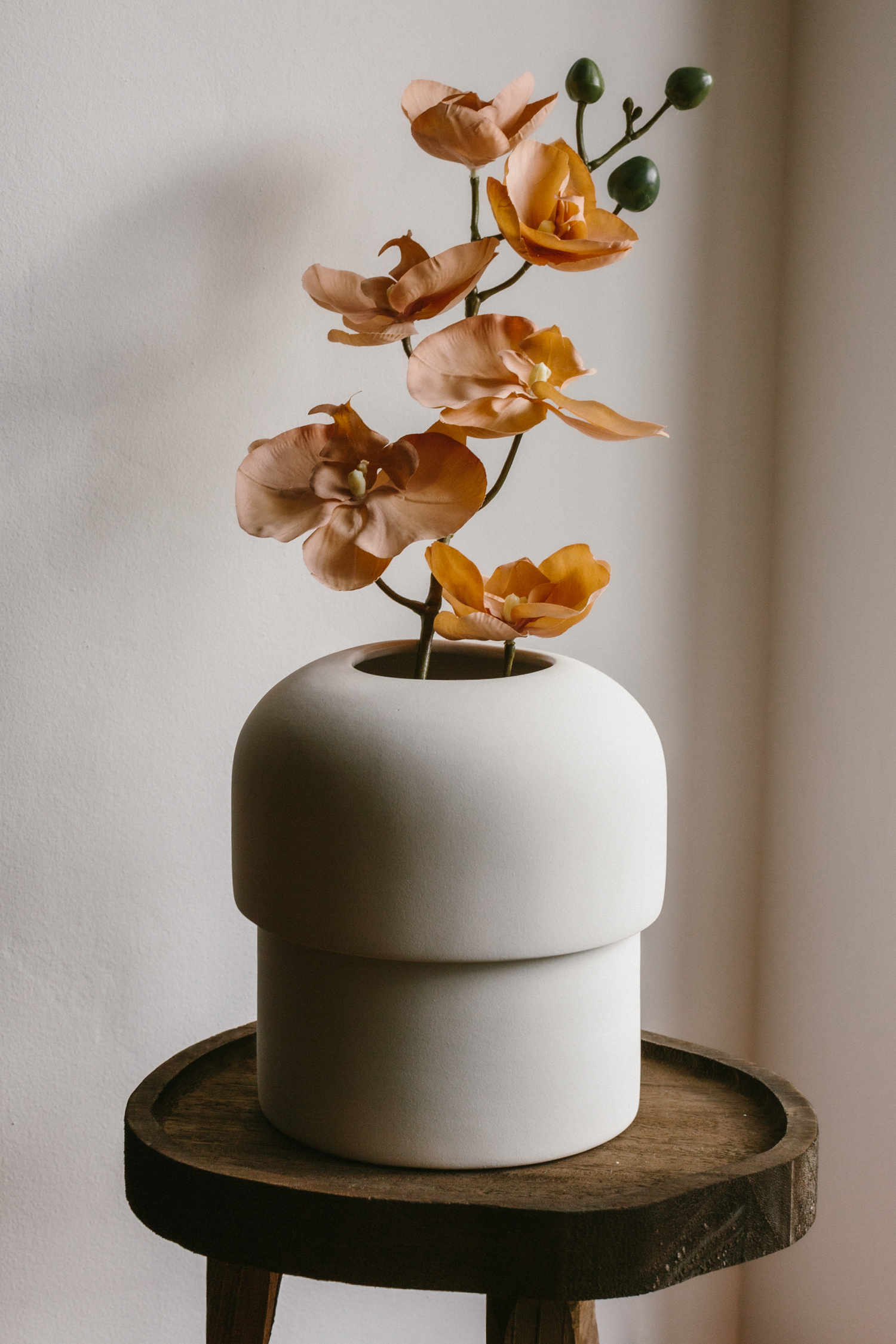
Placed alongside the objects we fill our lives with, Kunokaiku urns are meant to elicit a ritual practice of keeping close to those who've gone. We place importance on good design in our everyday; the memory of life is just as deserving, if not more so, of something beautiful. 'Grief and your relationship to the person that you lose actually changes over time, even when they're gone,' Jamadi explains. 'So it's nice to have an object that you can interact with. That you can stay tethered to.'
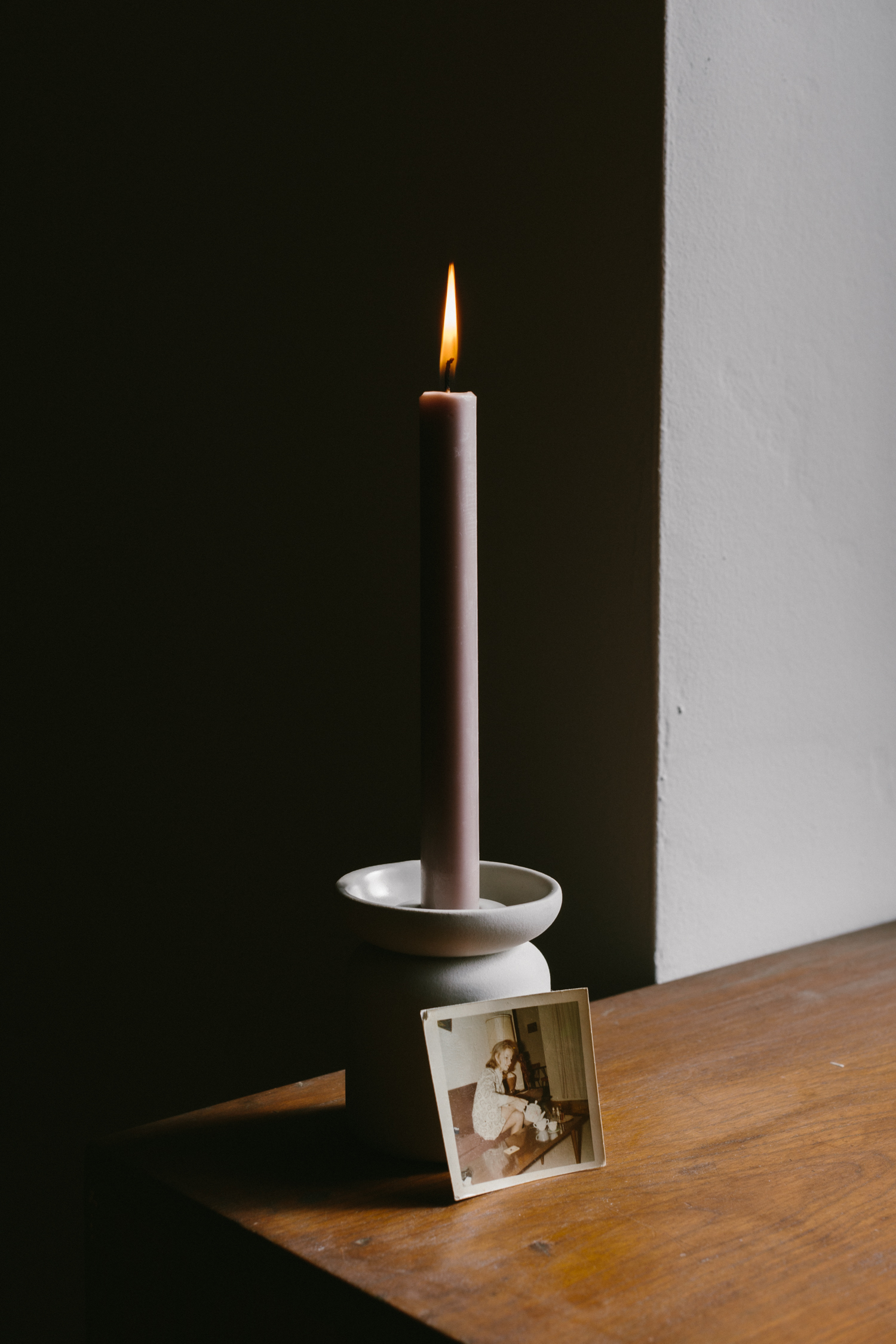
Tactile, tangible, and substantial, the stoneware urns can be experienced in many ways, as a vase, a candle base, a sculptural object, or a memento box. Loss is a complex subject for most. However, dealing with it should be as painless and restorative as possible. 'A traditional urn doesn't really allow people to have it open in their house,' Jamadi says. 'Maybe they're afraid of making other people uncomfortable. Whatever the reason, I think there can be a different relationship in terms of what you do with the ashes. So imagine if you have an object you love and have it out in your home, someone you lost, you can visit them every day. You can change out the flowers or light a candle. I just feel that with a little more intention in design for a product like this, it makes a huge shift.'
From $145
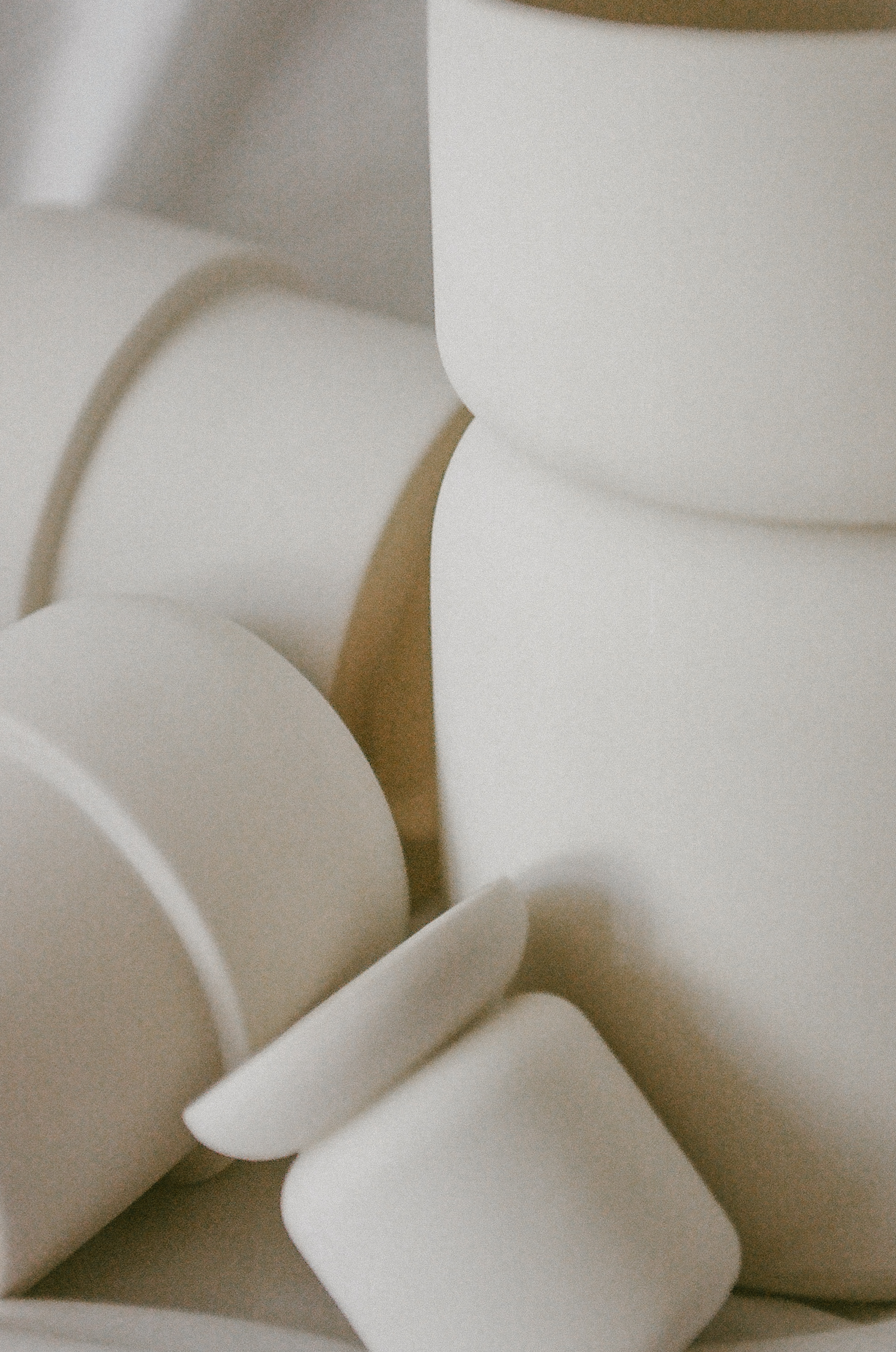
Receive our daily digest of inspiration, escapism and design stories from around the world direct to your inbox.
-
 The Bombardier Global 8000 flies faster and higher to make the most of your time in the air
The Bombardier Global 8000 flies faster and higher to make the most of your time in the airA wellness machine with wings: Bombardier’s new Global 8000 isn’t quite a spa in the sky, but the Canadian manufacturer reckons its flagship business jet will give your health a boost
-
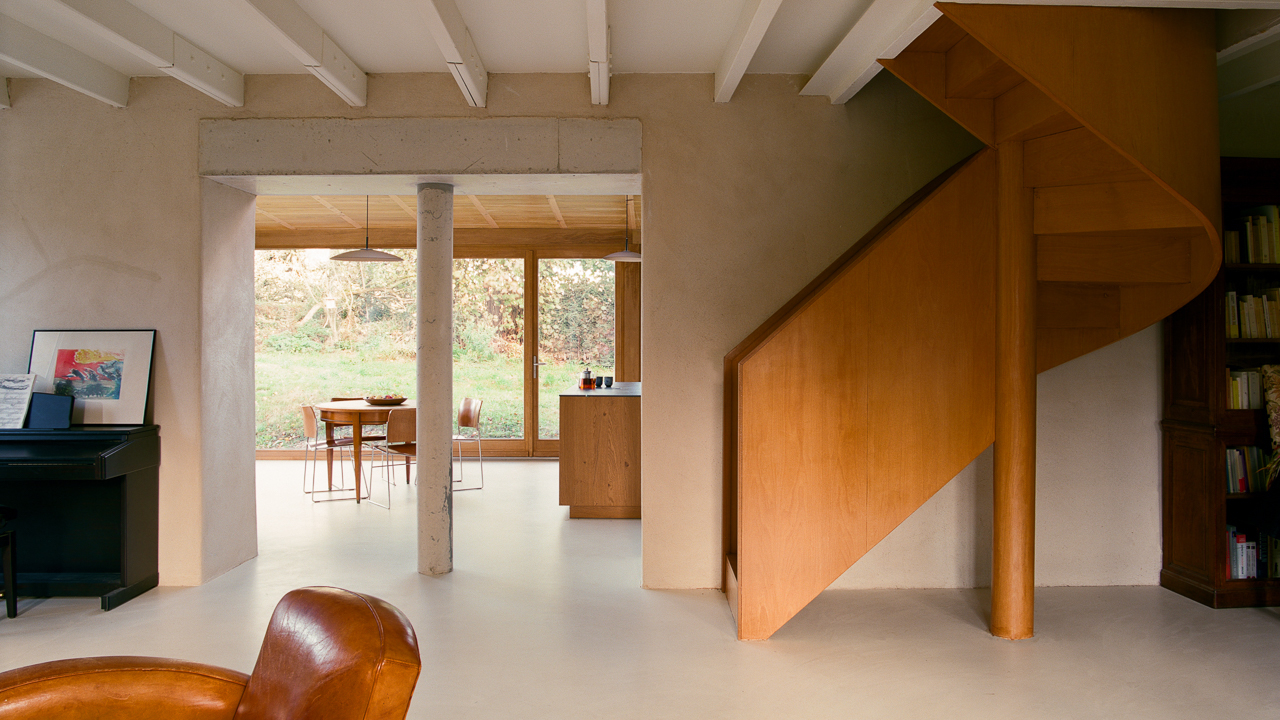 A former fisherman’s cottage in Brittany is transformed by a new timber extension
A former fisherman’s cottage in Brittany is transformed by a new timber extensionParis-based architects A-platz have woven new elements into the stone fabric of this traditional Breton cottage
-
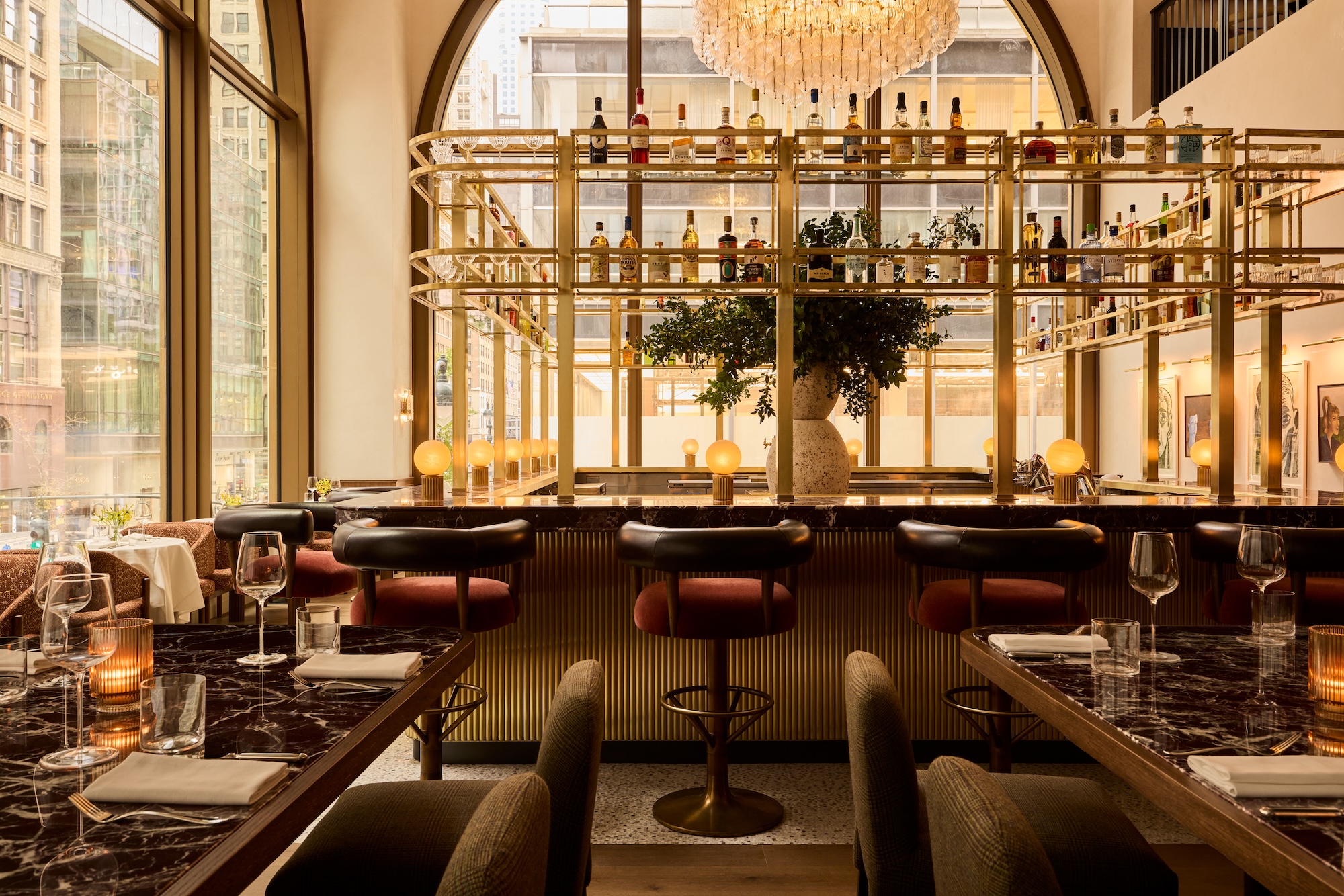 New York's members-only boom shows no sign of stopping – and it's about to get even more niche
New York's members-only boom shows no sign of stopping – and it's about to get even more nicheFrom bathing clubs to listening bars, gatekeeping is back in a big way. Here's what's driving the wave of exclusivity
-
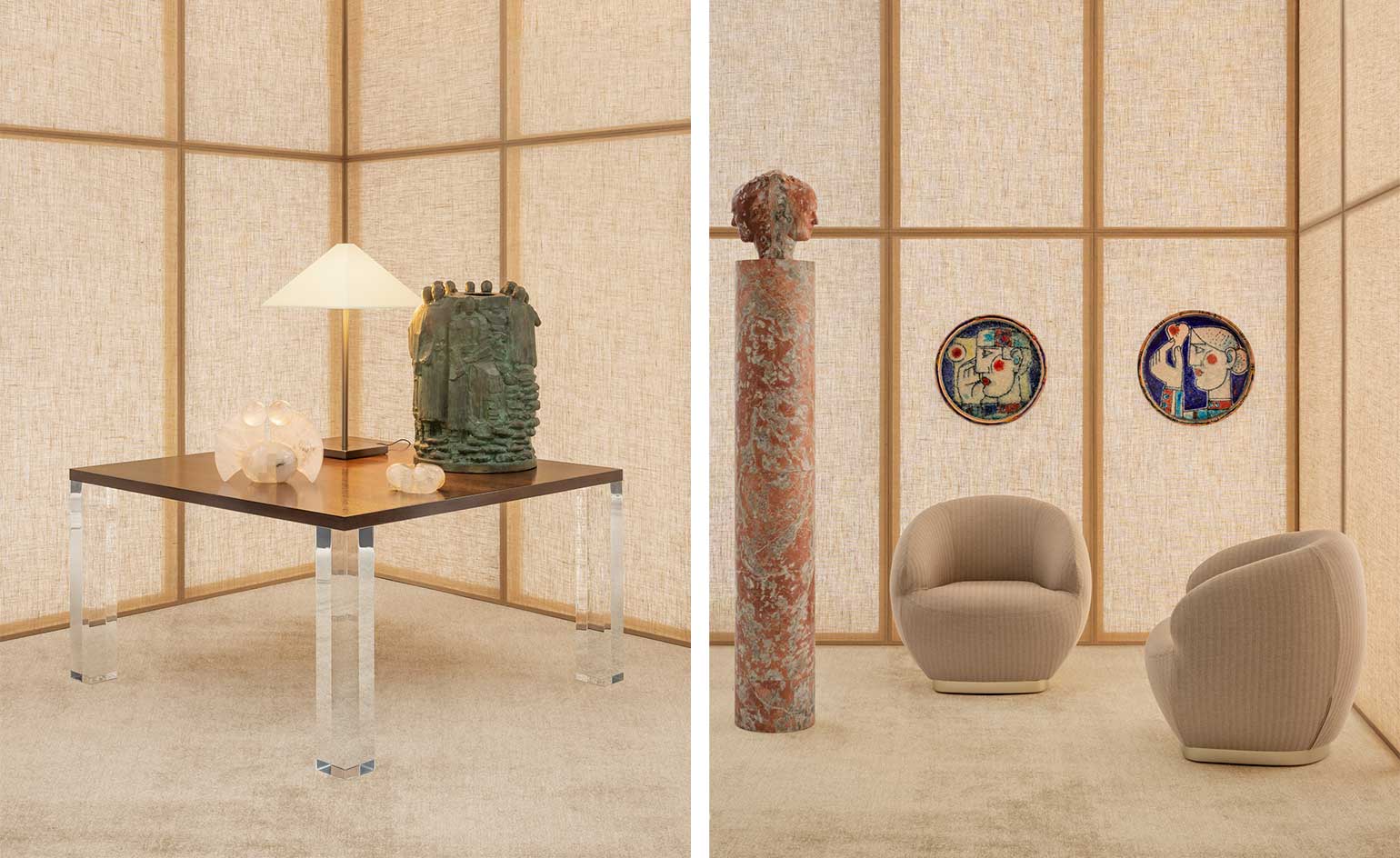 Art, artefacts and Armani Casa: step into our Made in Italy showcase
Art, artefacts and Armani Casa: step into our Made in Italy showcaseIn this photographic series, we combine Armani Casa’s timeless furniture collections with Italian art and rare artefacts to tell the story of Made in Italy craftsmanship
-
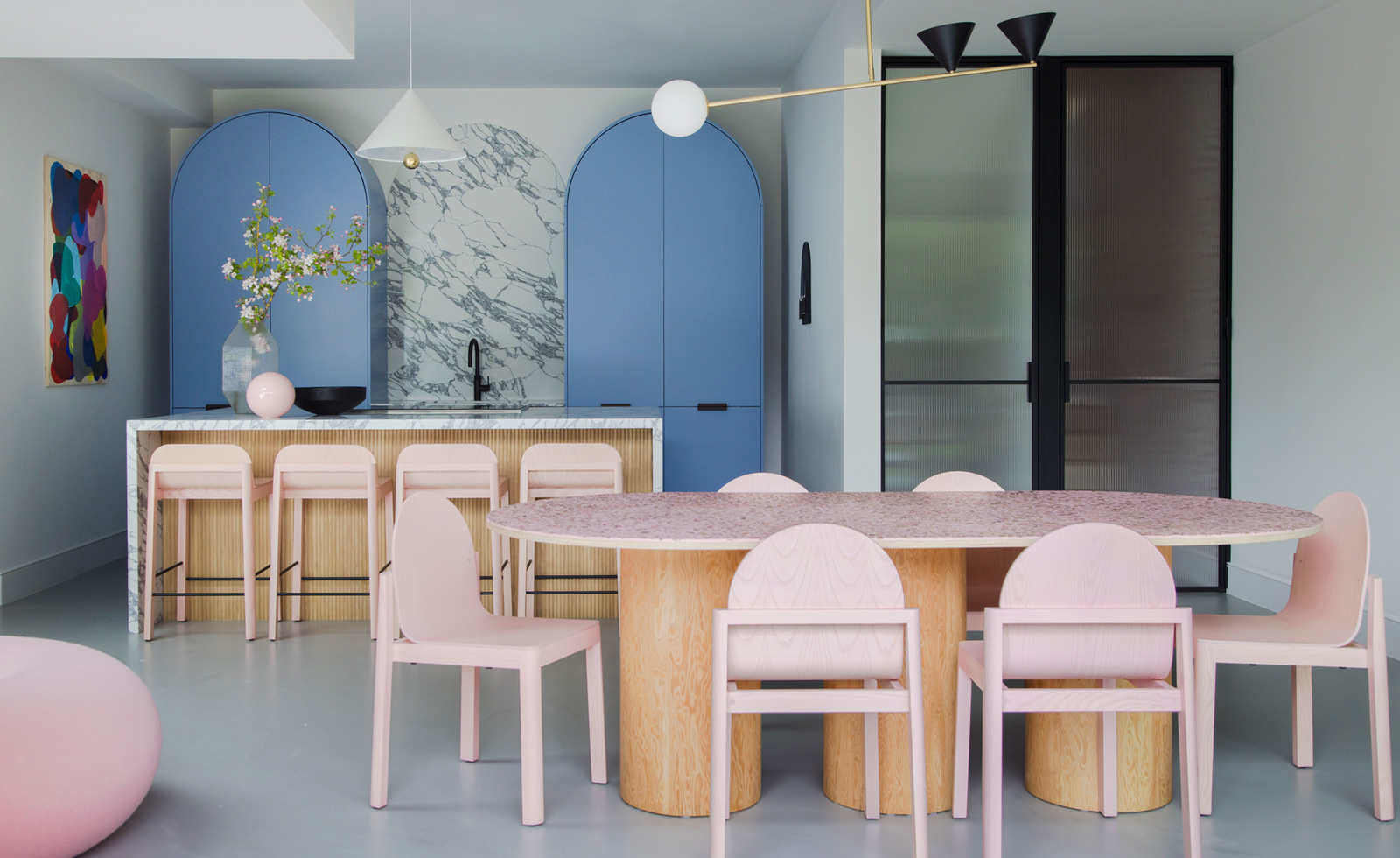 Playful design codes rule in this London Victorian family home
Playful design codes rule in this London Victorian family home2LG Studio embraces colour and comfort in an extensive renovation of a Victorian family home
-
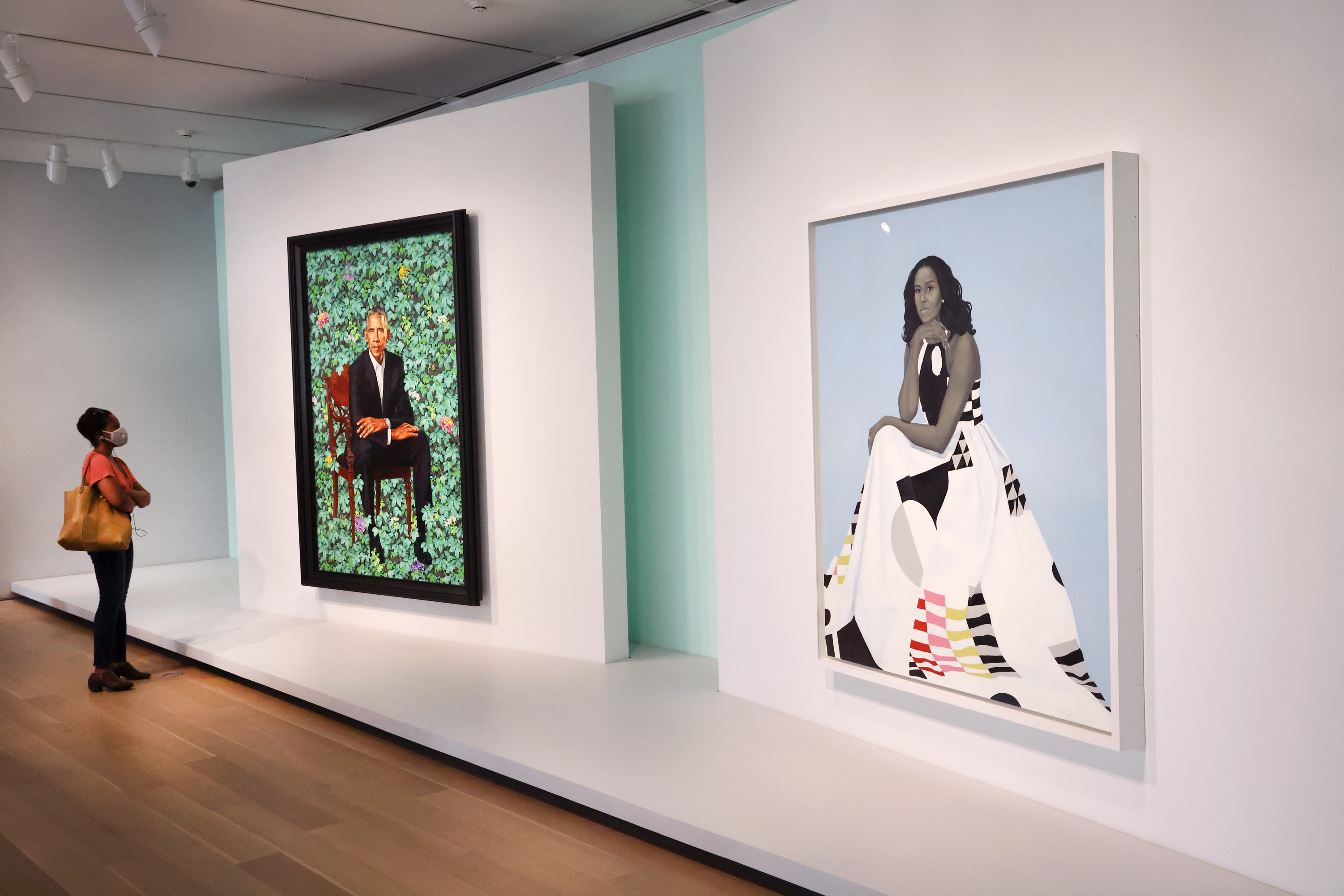 Design at the White House: the creatives working with US Presidents past and present
Design at the White House: the creatives working with US Presidents past and presentInterior designers, fashion designers and artists, whose collaborators have included the White House and its residents, with commissions that range from interior refits to presidential portraits
-
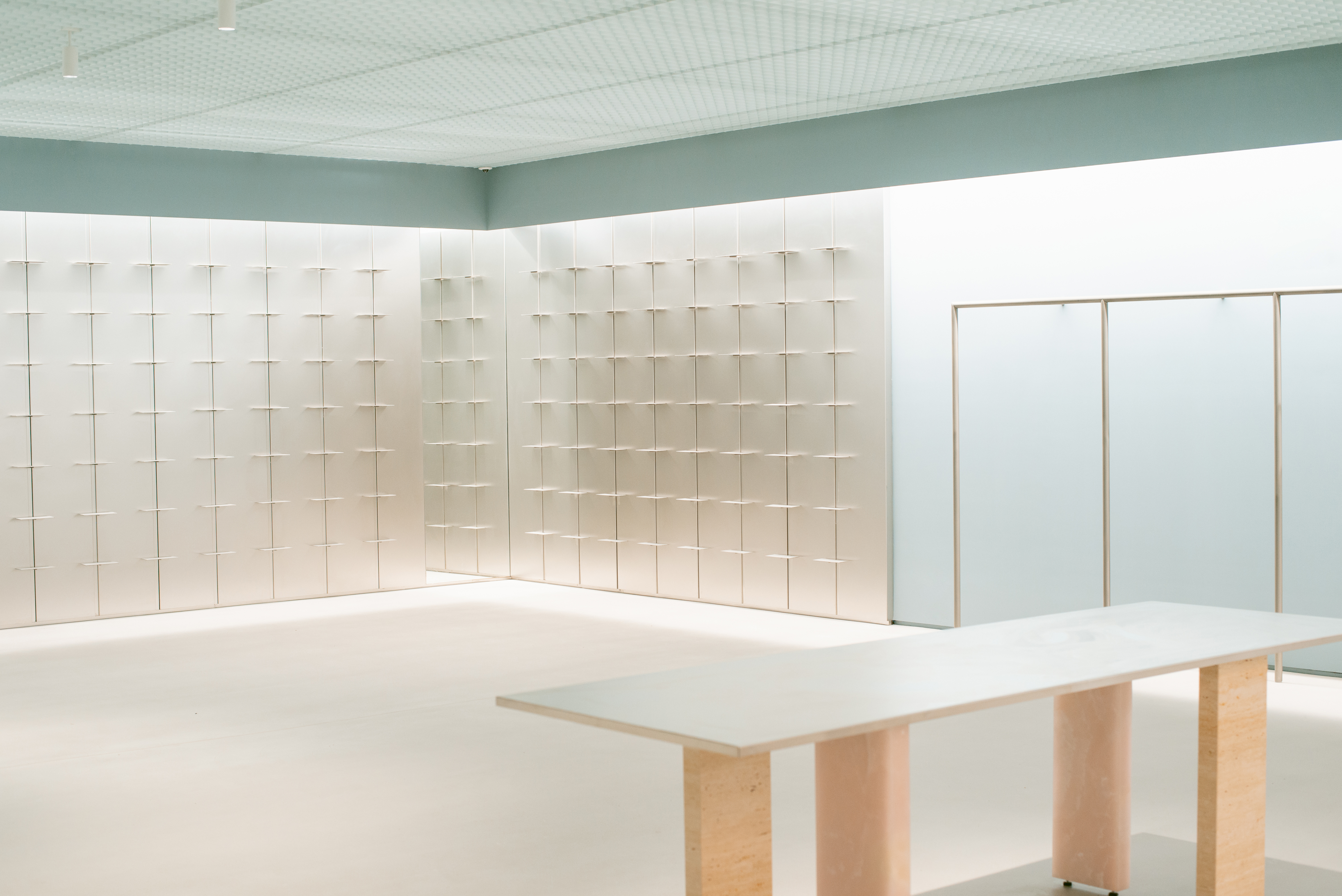 Essx store opens in New York’s Lower East Side
Essx store opens in New York’s Lower East SideEssx is a new concept and community store by local architecture firm Leong Leong and designer Yossi Shetrit
-
 Eastside Bowl scores big with a maximalist postmodern aesthetic
Eastside Bowl scores big with a maximalist postmodern aestheticDesigned by Cowboy Creative, Eastside Bowl in Nashville, Tennessee, combines American nostalgia and southern charm
-
 The Design Parade kicks off a creative Summer in the French Mediterranean
The Design Parade kicks off a creative Summer in the French MediterraneanDesign Parade 2023, set between Hyères and Toulon until the fall, features a showcase of design by emerging and established talent
-
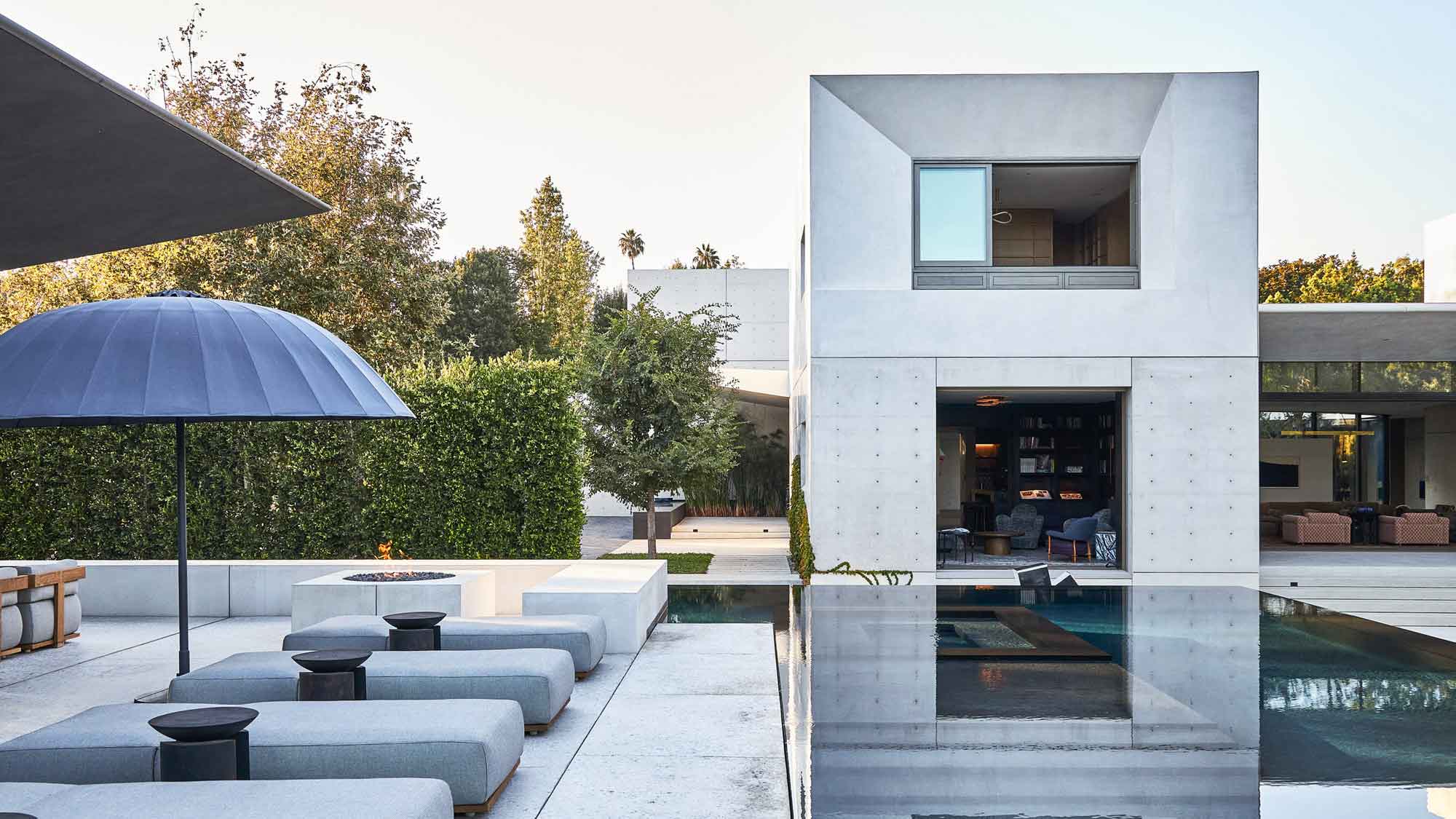 This Los Angeles bolthole by Masastudio and Kelly Wearstler is a carefully considered gem
This Los Angeles bolthole by Masastudio and Kelly Wearstler is a carefully considered gemLaid out like a village, the first collaboration between LA-based Masastudio and Kelly Wearstler is a sculptural family home inspired by Mediterranean architecture
-
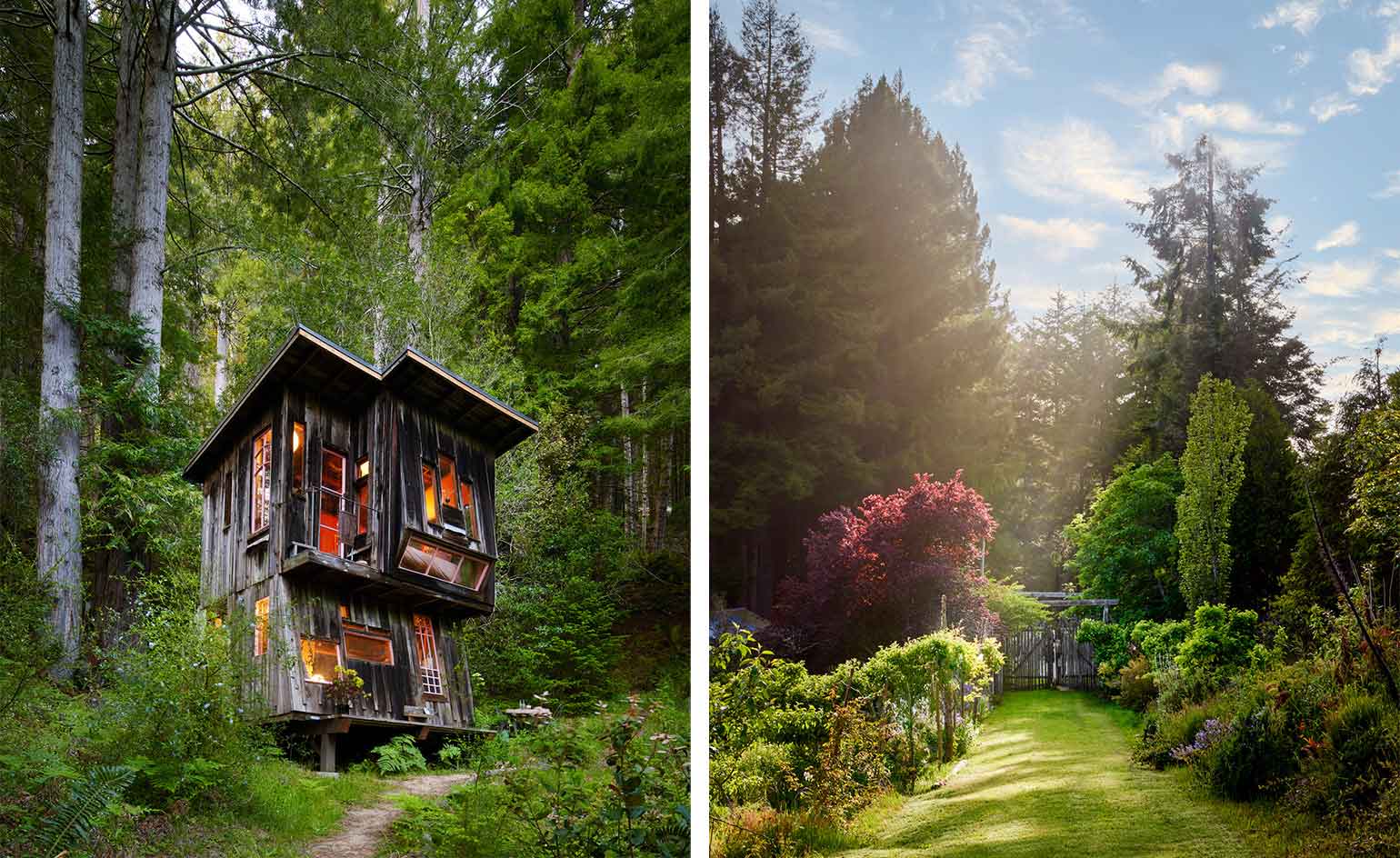 Building Salmon Creek Farm: inside California’s ultimate creative retreat
Building Salmon Creek Farm: inside California’s ultimate creative retreatSalmon Creek Farm's founder, the architecture-trained artist Fritz Haeg, opens the doors to his cultural commune and tells us its story